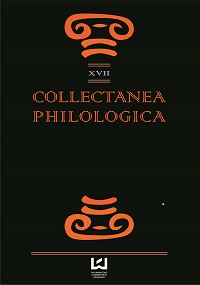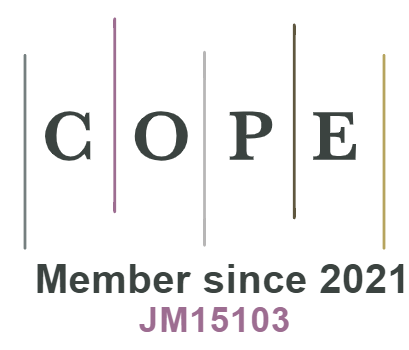"ET IN ARCADIA FRACTA EGO" POSTMODERN ENTOPIA OF TOM STOPPARD
DOI:
https://doi.org/10.18778/1733-0319.17.14Keywords:
Arcadia, dramatic attractor, entopia, third culture, Tom StoppardAbstract
The paper presents a complex analysis of “Arcadia” by Tom Stoppard as an example of the postmodern artistic strategy that reinterprets traditional myth and themes within the context of dynamical changes in the cultural discourse of the last few decades. At the same time, it applies theories of contemporary natural sciences in the construction of characters, scenery and dramatic plot. The paper argues that such artistic strategy aims at the topoi koinoi of the anthropologically conceived culture and technologically oriented civilization. The analysis of Stoppard’s drama is set within two contexts: 1) the historical bifurcations of ancient (Theocritus, Virgil) and modern (Phillip Sidney, Nicolas Poussin) interpretations of the Arcadian myth; 2) the basic notions of chaos theory that are suggested in the dialogues and, at the same time, are applied in the construction of dramatic plot and its representation (bifurcation, attractor). The notion of entopia (‘in-place’), as opposed to the pair of utopia and dystopia, which are usually connected with interpretations of the myth of Arcadia as a desirable or undesirable ‘no-place’, refers to the ‘Arcadian’ aspects and possibilities of living, and especially to the acting here and now. In this respect, the paper argues that Stoppard’s “Arcadia” provides a mental space for the recognition of anthropological and axiological (performative) determinants of contemporary ‘Arcadian’ entopia.Downloads
Published
2014-01-01
How to Cite
Bartosiak, M. (2014). "ET IN ARCADIA FRACTA EGO" POSTMODERN ENTOPIA OF TOM STOPPARD. Collectanea Philologica, 17, 149–157. https://doi.org/10.18778/1733-0319.17.14
Issue
Section
Articles
License

This work is licensed under a Creative Commons Attribution-NonCommercial-NoDerivatives 4.0 International License.












